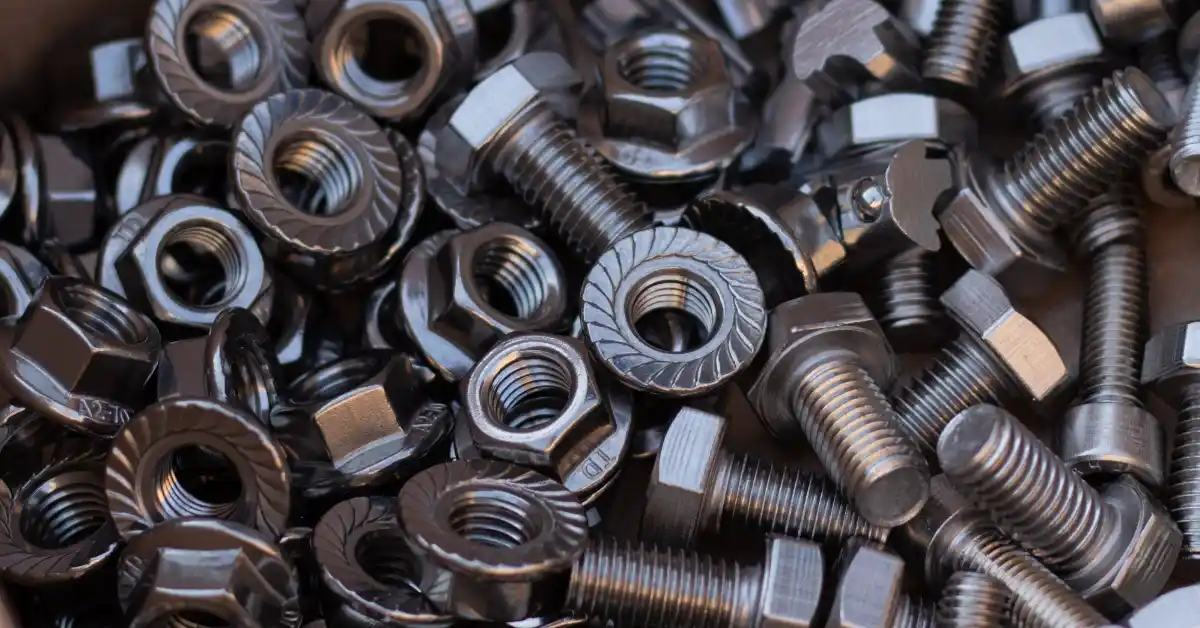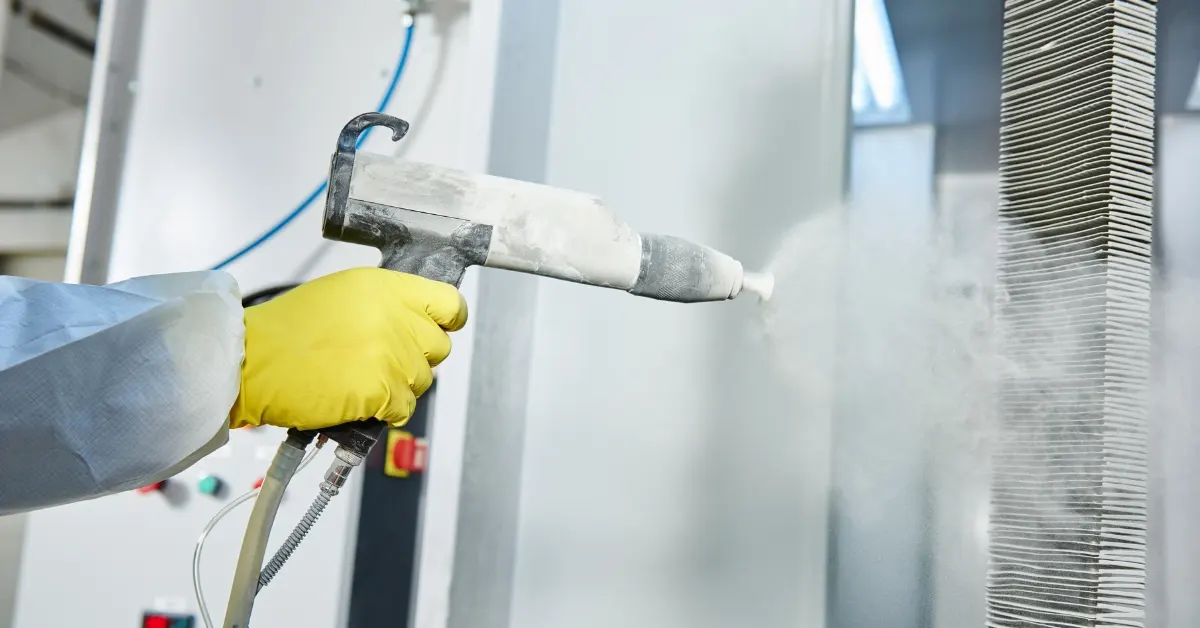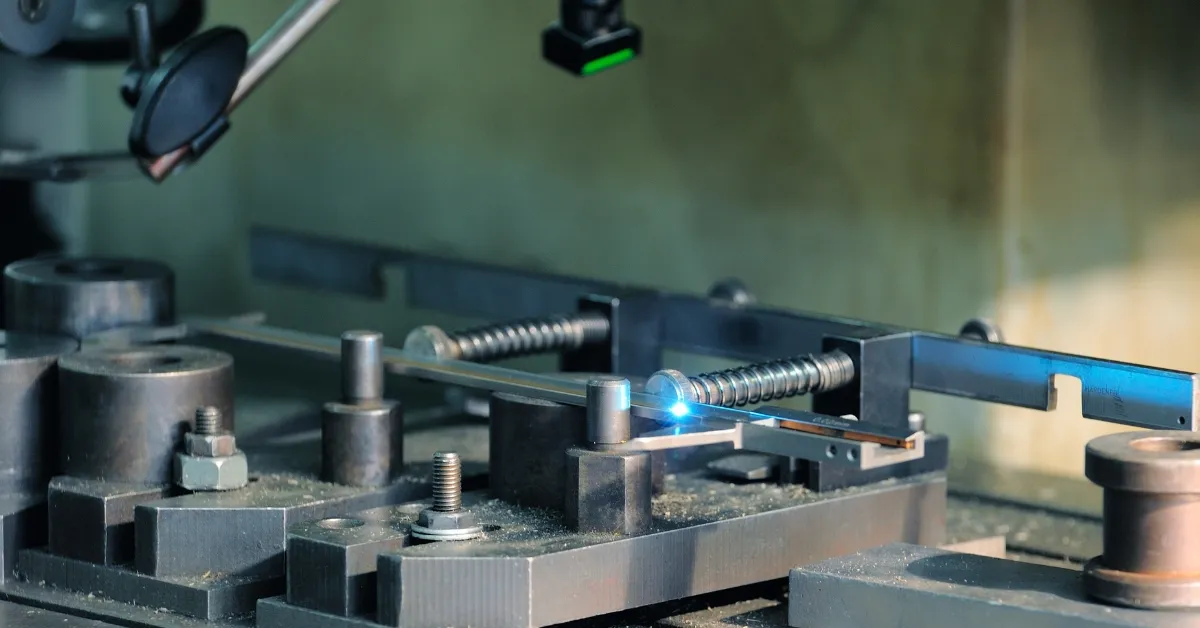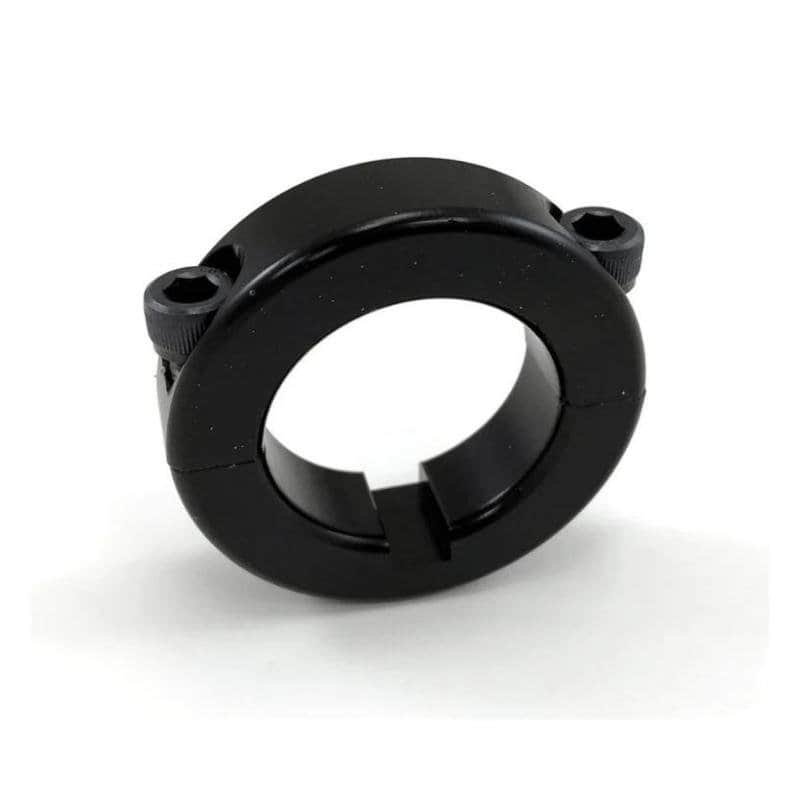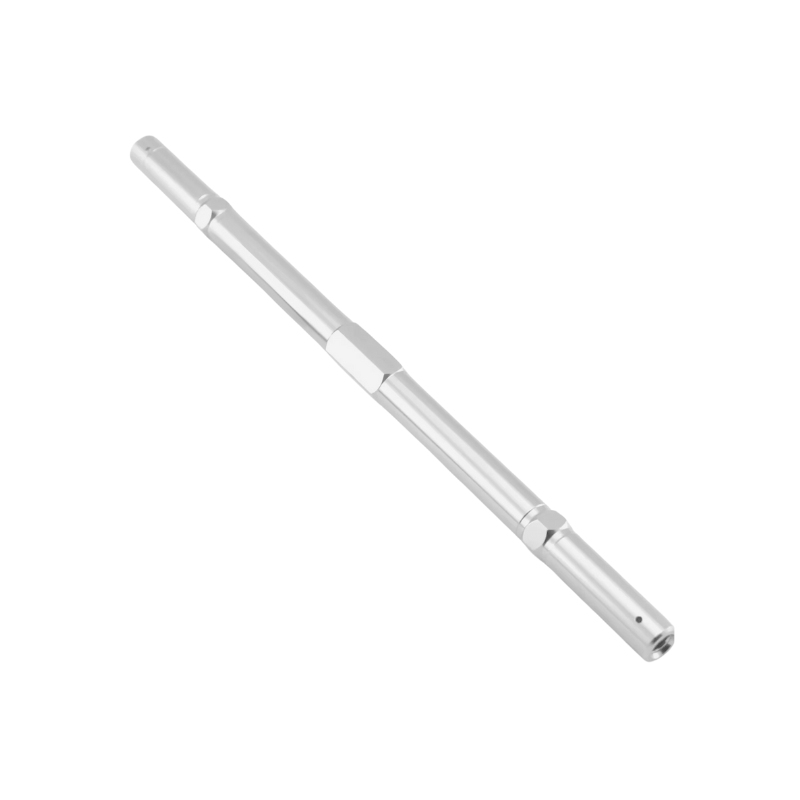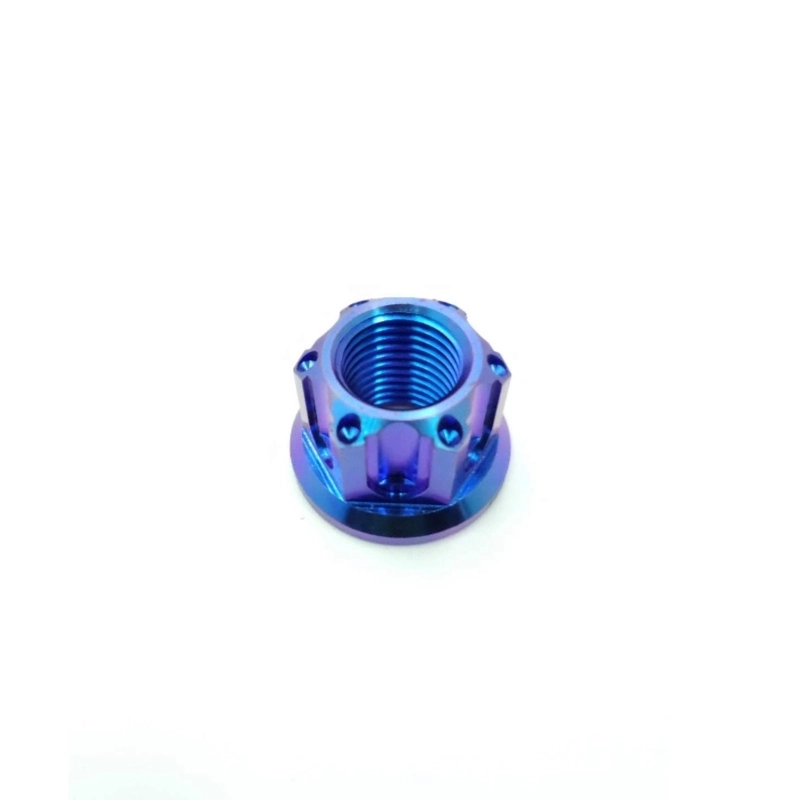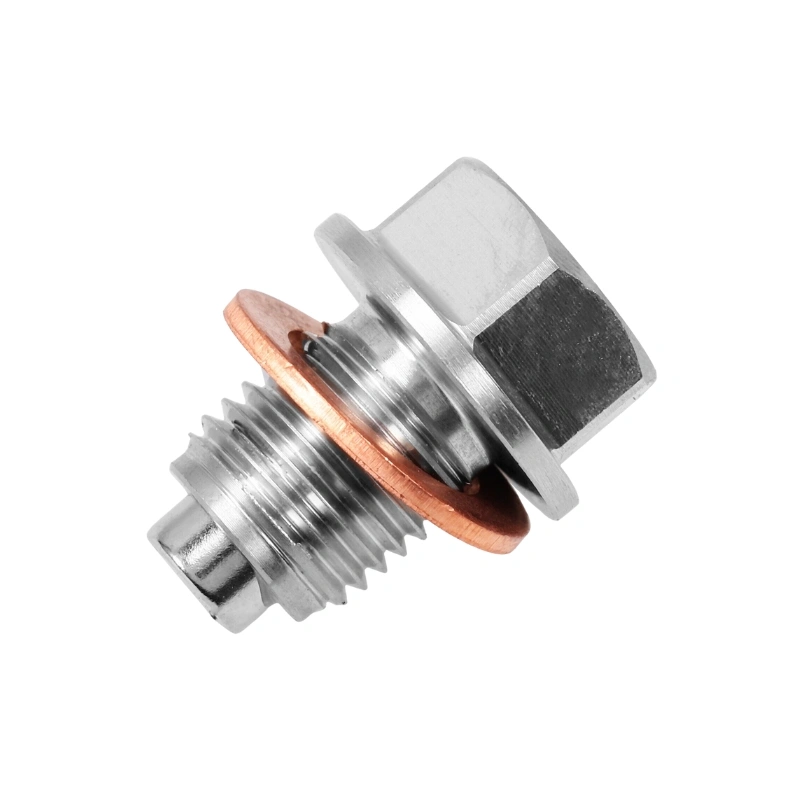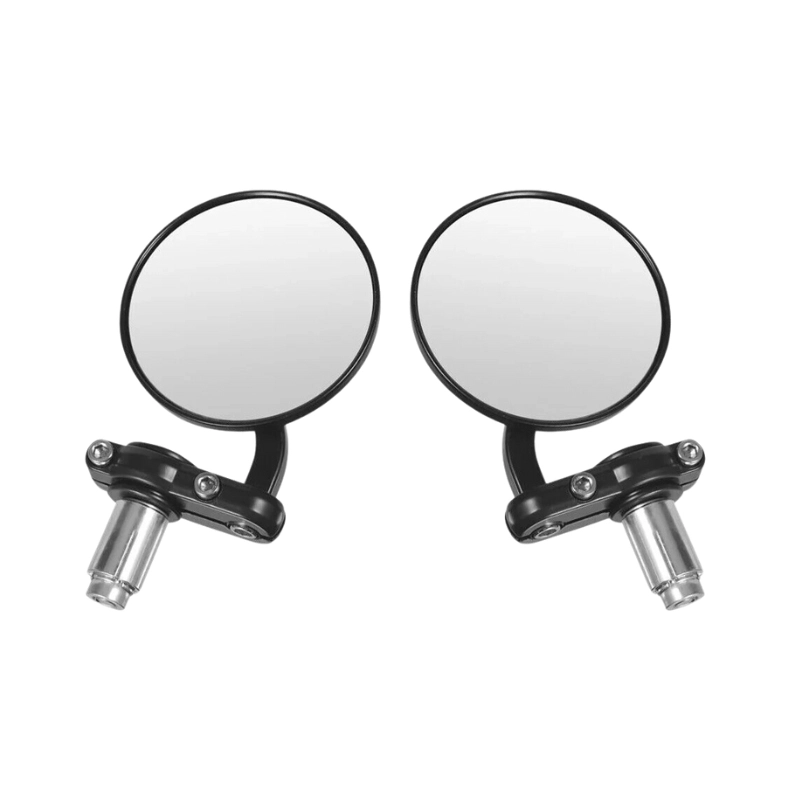Sand blasting and bead blasting involve forcing particles onto surfaces to clean or make them smooth. Choosing the wrong method can wreck the part or waste money. This guide will show you how each works, when to use them, and how to choose correctly.
What Is Sand Blasting?
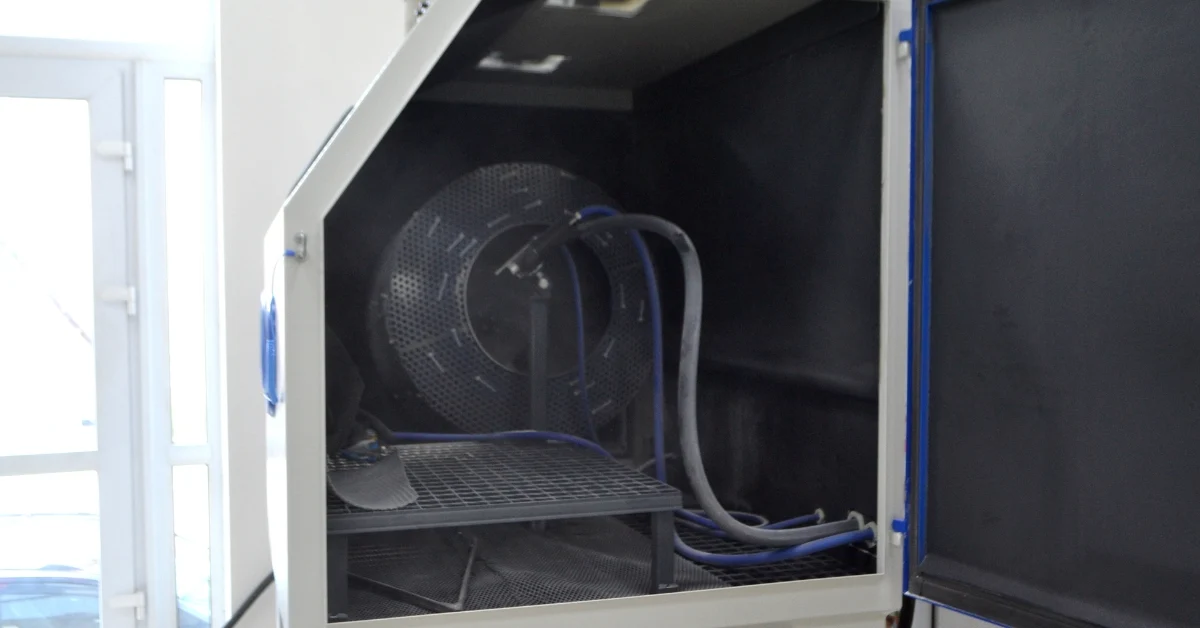
Sand Blasting is the process of smoothing a surface with abrasive materials, like sand, ceramic grit, or aluminum oxide. The abrasive materials are pushed out at a high velocity with compressed air.
Historical Context
The origins of sand blasting trace back to 1870, when Benjamin Chew Tilghman patented the process. Since then, the technique has evolved with the inclusion of safer and more efficient abrasive materials.
Typical Use Cases
Sand blasting works well on thick rust and old paint. Shops use it to strip cars, clean steel beams, and shape rough concrete. It can prep surfaces for welds or thick coatings. It’s common in shipyards, bridges, and big repair shops.
What Is Bead Blasting?

Bead blasting, on the other hand, uses small, spherical beads, which are propelled under compressed air to gently clean or finish a surface.
Media Types
- Glass beads are the most common media. They leave a soft, satin look.
- Ceramic beads are harder. They last longer and clean deeper.
- Plastic beads are the softest. They’re safe on plastic or thin metal parts.
Typical Applications
Bead blasting is used when parts need to stay smooth and undamaged. It’s typically ideal for deburring small parts after machining, giving parts a satin or matte finish, and cleaning mineral samples with a Mohs hardness rating of 7 or lower.
Process Comparisons
Media & texture
- Sand uses sharp, angular particles, which cut into surfaces. This makes it ideal for aggressive cleaning but also more likely to cause surface damage.
- Beads are round and impact the surface gently. They clean and polish without removing much base material.
Pressure & speed
- Sand blasting uses higher pressures, making it faster and more suitable for shaping or deeply cleaning surfaces.
- Bead blasting runs at lower pressures. It’s slower but safer for intricate or soft parts.
Finish outcome
- Sand blasting leaves a gritty, matte surface. It feels like rough sandpaper. This texture helps paint, powder coat, or glue stick better.
- Bead blasting gives a soft, satin finish. It hides marks from tools and smooths small flaws. This gives it a cleaner and more polished look.
Advantages & Trade‑offs
Each of these abrasive blasting techniques has its ups and downs, depending on the job they’re used for.
Sand Blasting Advantages
- Sand blasting removes rust, paint, and buildup fast.
- The media is cheap and easy to find.
- It covers large areas in less time.
- It is very effective for rough surfaces as opposed to parts that need a smooth finish.
Sand Blasting Disadvantages
- It is very aggressive and too harsh for thin or soft parts.
- It creates silica dust, which is very toxic when breathed.
Bead Blasting Advantages
- Bead blasting is gentle. It won’t change the part’s shape or size.
- The finish looks better because it is uniform and polished.
- It is much safer because it doesn’t create harmful silica dust.
Bead Blasting Disadvantages
- Bead Blasting is much slower because of low air pressure, which makes it less effective in removing thick rust or old coatings.
- Media like ceramic or plastic beads are more expensive than sand or slag.
Safety & Environmental Concerns
Sand Blasting Hazards
The sand blasting process can be very harmful because of the silica dust released. When the sand is broken down, tiny particles get released into the air. These particles can get trapped in the lungs and cause silicosis. Even short exposure can be harmful without proper protection.
Because of this, some places do not allow open-air sand blasting. Workers must use full-face respirators, air filters, blast cabinets, and dust collectors. Some factories also switch to safer grit like garnet or steel shot, to reduce risk.
Bead Blasting Hazards
Bead blasting, on the other hand, is much safer, but it is not completely free of dust. Broken glass beads or fine ceramic powder can still harm the lungs. While it is less toxic than silica, the dust still needs to be controlled.
Safety Best Practices
Always follow these safety steps:
- Wear protective equipment: Workers should use gloves, long sleeves, and boots to keep skin and eyes protected.
- Using proper masks: For sand blasting, use a respirator rated for silica dust (such as NIOSH-approved P100 or N95 masks). Basic dust masks aren’t enough.
- Ventilation: Work in well-ventilated spaces. Use exhaust fans or air scrubbers to remove dust from the air. Enclosed rooms must have filtered airflow systems.
- Check equipment regularly: Worn-out hoses, nozzles, or seals can leak dust. Inspect and maintain gear before each job.
Choosing the Right Method
Surface Condition
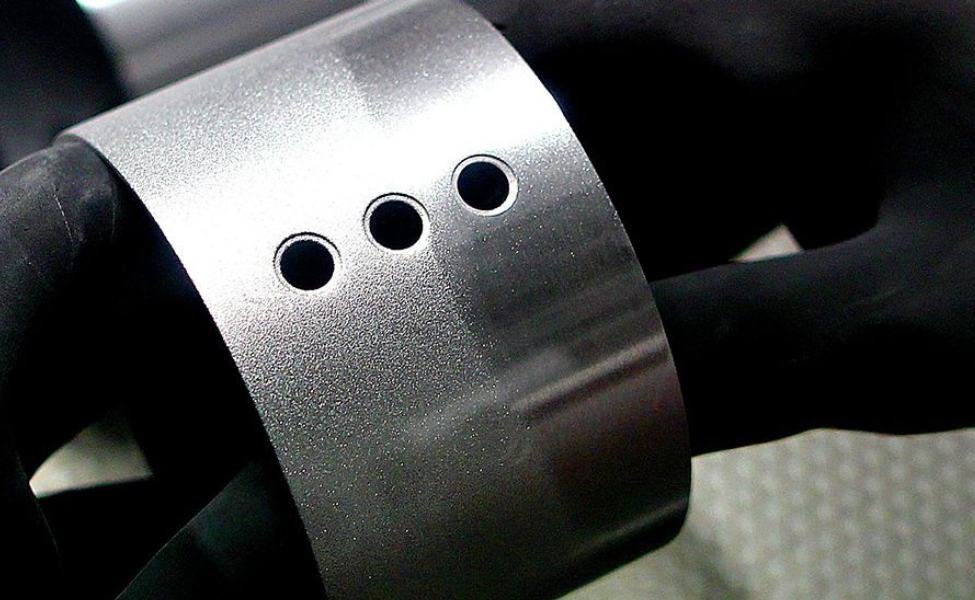
The surface you start with matters a lot. If it is covered in rust or thick paint, then it is better to go with sand blasting because it clears off heavy coatings very fast. Bead blasting can’t dig deep, so it’s better for light cleaning only. It’s best to use sand when the job is dirty and rough, and use beads when the job needs care and detail.
Material Sensitivity
Some parts are not able to handle hard impact. Materials like thin metal, soft aluminum, or plastic may bend or break from sand blasting. That is why it is better to use bead blasting for them because it is more gentle and safe. Thicker, tougher parts, like steel or iron, can take a harder hit, which makes sand blasting better for them.
Desired Finish
Always consider how you want the surface to look. If you want grip, texture, or need paint to stick, use sand blasting to prep surfaces because it leaves a rough surface that holds paint well. However, if you want a smooth, matte look, use bead blasting. It makes a soft and even finish, which is essential for parts that need an aesthetic look.
Health & Environmental Constraints
Sand blasting with silica-based grit makes harmful dust. This dust can damage lungs and stay in the air. Some places have strict rules on using it. Bead blasting is much cleaner because media like glass and ceramic beads don’t make toxic dust like silica.
Budget and Cycle Time
Sand is cheap, and it covers big areas fast. If you’re blasting large parts, it saves money and time. It’s the better choice for thick coatings or large-scale machining prep. On the other hand, Bead blasting takes longer and costs more. The media is not as cheap and needs replacement often. But it’s worth it when surface finish or part safety matters.
Casting Vs Forging Methods
The way a part is made also determines the method to choose. Parts that go through casting process, such as cast aluminum, usually have more pits, bumps, and rough spots. Sand blasting is the better choice because the parts need heavy cleaning before they are coated.
However, parts that are made through forging processes are smoother and tighter in shape. They don’t need as much cleaning, so it’s best to use bead blasting to protect their finish and size.
Conclusion
If the wrong blast method is used, it can wreck the part or waste time. The right method helps to save on costs and reduces wasted materials. If you want finishes that work as well as they look, contact us for expert guidance.
Discover more with our blog posts.
Recent Posts
Discover more about our products
HDC Products
Instant Quote!

